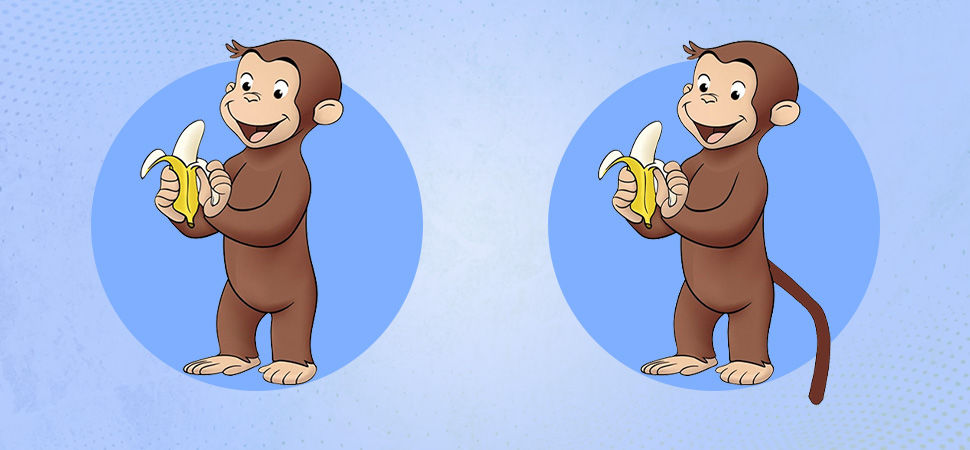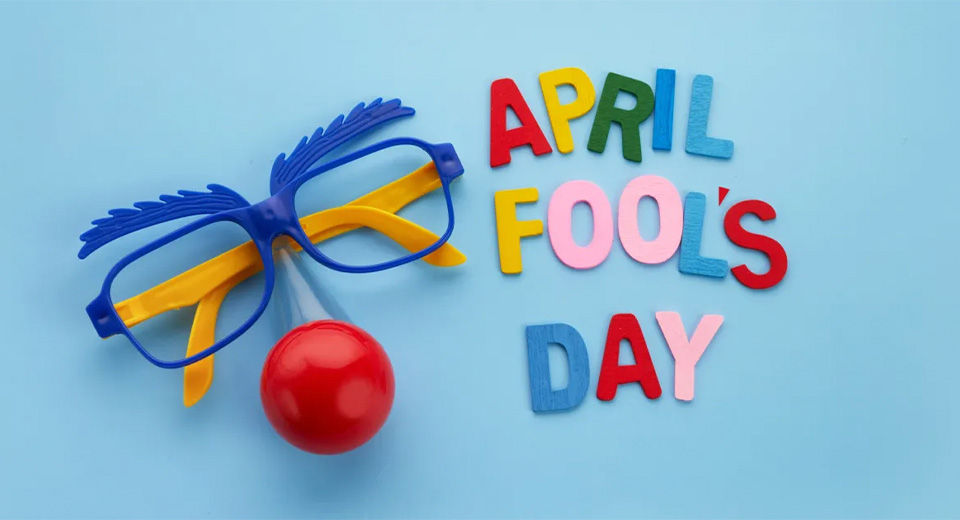What is the Mandela Effect?

Before delving into these puzzling examples, clarifying and disposing of any misconceptions surrounding the concept is vital. Named after the fallacious belief that Nelson Mandela died in the 1980s (when he actually passed away in 2013), the term has grown to encapsulate a broader spectrum of collective misremembering.
One of the effect’s most fascinating aspects is that the false memory is vivid, often recalling specific details and experiences. Naturally, this phenomenon has puzzled cognitive scientists and provided an avenue for exploring human memory, the fallibility of our personal experiences, and how social influence can amplify misconceptions.
Several theories seek to explain the Mandela Effect. From psychological constructs like confabulation—where the brain fills in gaps in memory with fictitious information—to quantum and multiverse theories, where our collective memories collide with alternate realities, the possibilities are as boundless as they are bizarre.
Mandela Effect Examples
Now that we have a firm grasp on the said effect, we'll discuss examples that have left many scratching their heads. These examples span various domains, from pop culture to historical events, and showcase the power of false memories.
-
1. Jif, Not "Jiffy"

The famous peanut butter brand, Jif, is firmly lodged in the collective mind, but a segment insists on the existence of its 'rival' brand, 'Jiffy.' Despite no historical record of a 'Jiffy' peanut butter, the belief is robust and is often cited as an example of this widespread mind-bending phenomenon.
-
2. Looney Tunes, Not Toons

The classic Warner Bros. animated series is ingrained as 'Looney Tunes' (often pronounced ‘toons’), with many recalling the regular outro jingle "That's all, folks!" over the iconic image. However, for a subset of the population, it's 'Looney Toons,' signifying an alternate depiction of the brand.
-
3. George's Tail

Many children grew up reading about the adventures of the curious little monkey, Curious George. However, some readers adamantly believe that George has a tail, which he does not.
-
4. 'Sex and the City'

Some people remember the romantic comedy-drama series 'Sex in the City,' using the preposition "in" instead of "and." This subtle change has etched itself into the memories of some fans despite widespread evidence to the contrary.
-
5. Skechers

A famous footwear brand, Skechers, is the source of debate among shoppers. Many of them recall the company's name being 'Sketchers,' with a 't' included that history fails to validate.
-
6. King Henry VIII's ... Turkey Leg?

Tales from the annals of history are often romanticized, and none more so than the hulking figure of King Henry VIII, commonly depicted in portraits and plays with a turkey leg in hand. It's a particularly vivid image that needs to be more historically accurate. His preferred dining companions in such portrayals have been appraised with a round of cold meats, yet the turkey leg persists in the public's memory.
-
7. Monopoly Man and His Monocle

A subset of aficionados staunchly recalls the board game's mustachioed mascot, often bewigged and in a pinstripe suit, with a monocle. The monocle is absent, much to their surprise and confusion.
-
8. Pikachu's Tail

This Pokémon's lightning-powered furball is remembered as having a black tip on the end of his tail. Official representations disprove this; Pikachu's tail is entirely yellow, as strange as it might seem to those who swear they remember it otherwise.
-
9. The Hyphen in Kit Kat

Fans of the chocolate treat are often disconcerted when they find out the brand name does not include a hyphen. Many recall vividly the 'Kit-Kat' format, but it never existed.
-
10. Double "Stuf" Oreos

Despite the brand's claims, a group insists that 'Stuf' is not the correct spelling for the Oreo variant. They recall it as 'Stuff,' with the extra 'f.'
-
11. Mona Lisa's Smile

One of the most celebrated works of art, Leonardo da Vinci's 'Mona Lisa,' has a smile that has mesmerized generations. However, a sector asserts she once had a more somber expression that was altered despite no evidence supporting this.
-
12. Cinderella's Castle

At Disneyland parks, Cinderella's iconic home is nestled in the heart of the parks. Yet, some visitors and enthusiasts recall the castle belonging to Sleeping Beauty, claiming its ownership was somehow transferred in their memories.
-
13. The Berenstain Bears Didn't Exist

One of the most famous and fervently debated examples of this Effect is the children's book series The Berenstain Bears. For many, the sinister siblings of our collective consciousness were the 'Berenstein Bears,' spelled with 'ein' at the end. However, the book's name is 'Berenstain,' ending with 'ain.' The intense and widespread belief that it was spelled "Berenstein'' raises questions about why many people remember a different name for a beloved childhood series.
-
14. The Curious Case of Febreze

You might remember the popular air freshener and cleaning product "Febreeze," with a double "e." But in this reality, it's always been spelled "Febreze." The double "e" version is incorrect and non-existent, making many wonder why and how an entire 'alternate' product was remembered.
-
15. Oscar Mayer vs. Oscar Meyer

Another brand name that has long divided consumers' memories is the sausage and lunchmeat company, known for its catchy jingle. Many arguments have arisen, whether "Oscar Mayer" or "Oscar Meyer." The correct spelling is "Mayer," pronounced "My-er," leading to widespread confusion and an ongoing debate.
The Mandela Effect is a window into the collective quirks of human cognition and memory. Its existence raises thought-provoking questions about the nature of reality, the boundaries of our perception, and the implications these collective misremembering have on broader societal conceptualizations of history, culture, and beyond.
Whether intrigued by re-evaluating the world or fascinated by potential explanations, the concept captivates, challenging facts we know. In a media-driven world, questioning memories and shared reality is vital. This effect challenges our perceived reality, revealing truth and perception as delicate threads in the fabric of existence.










